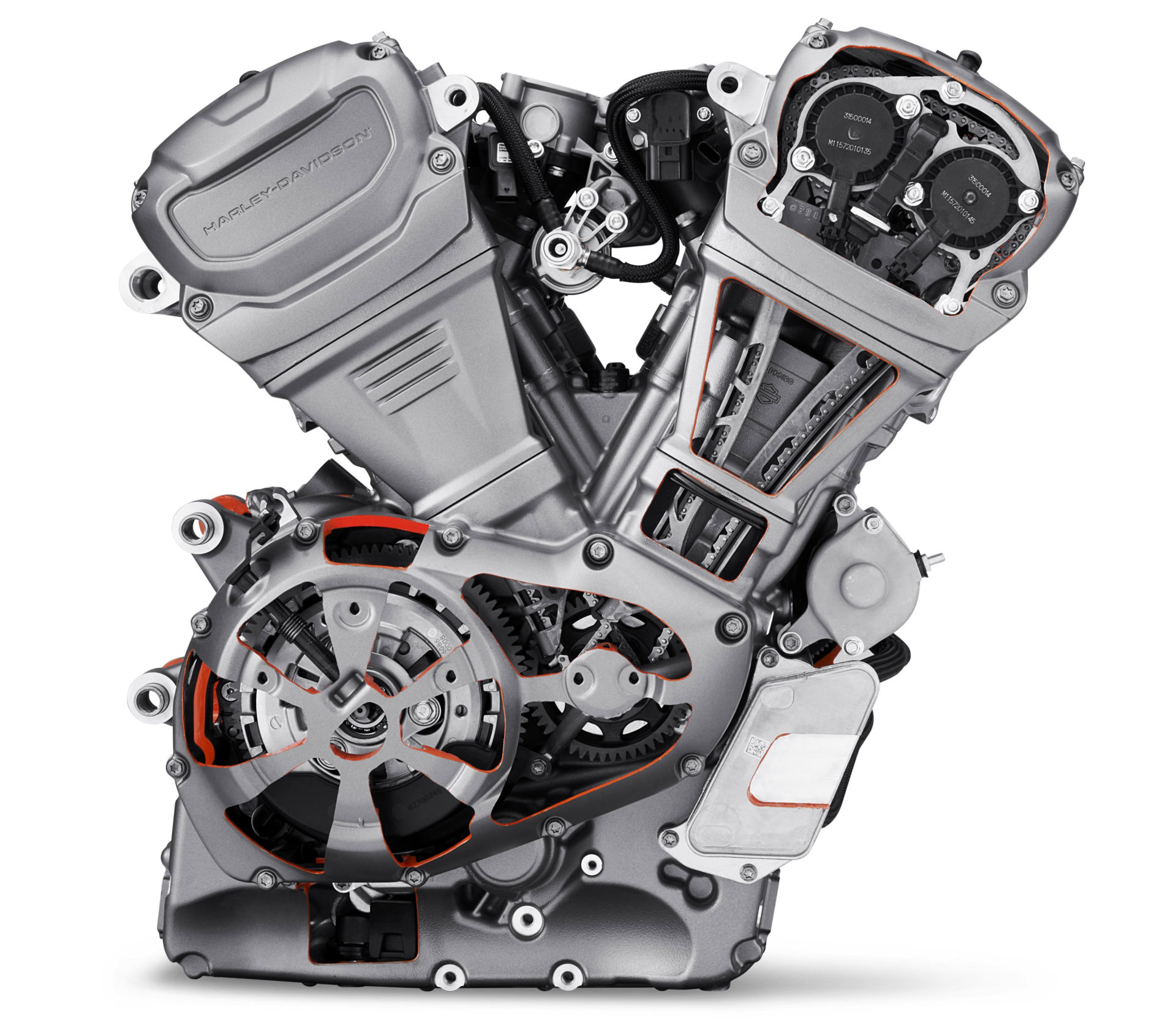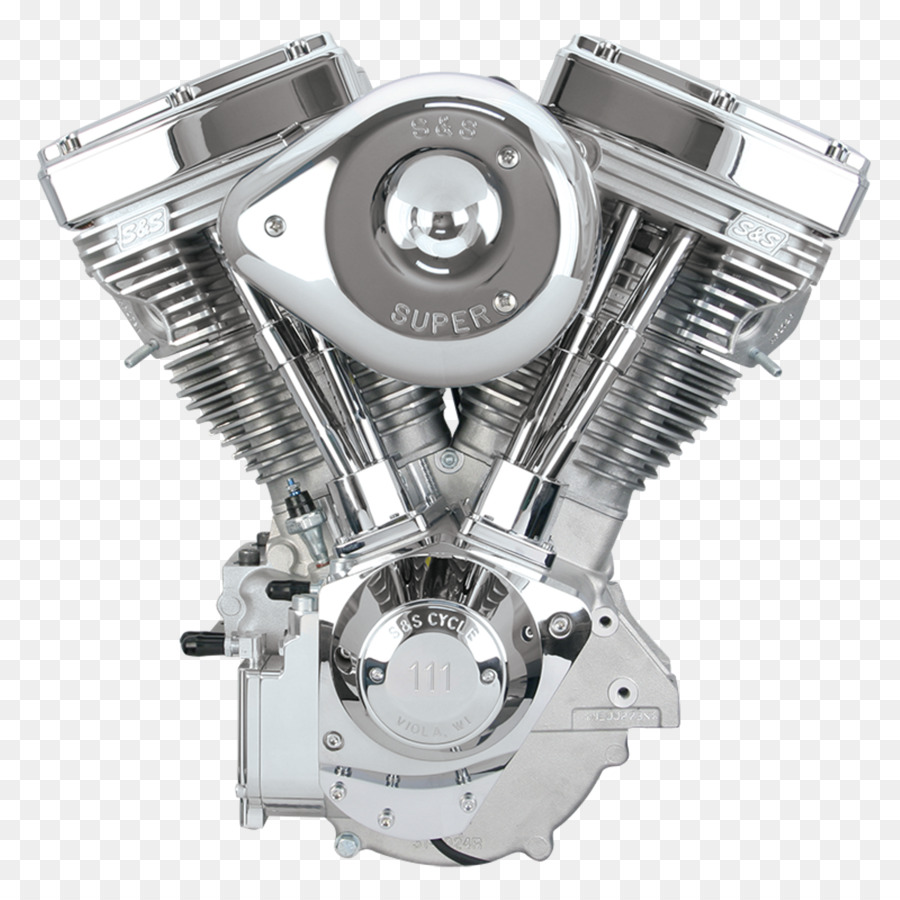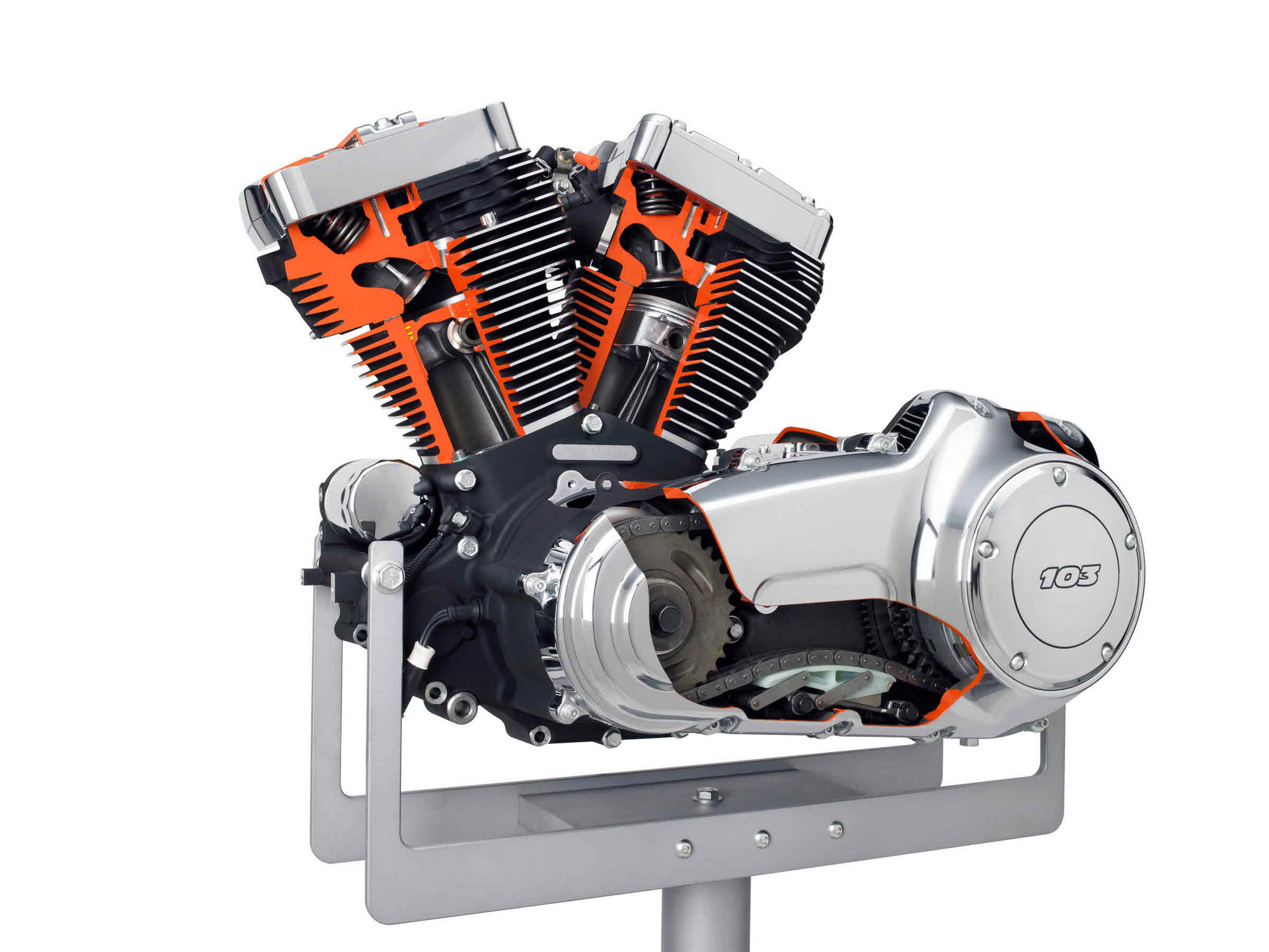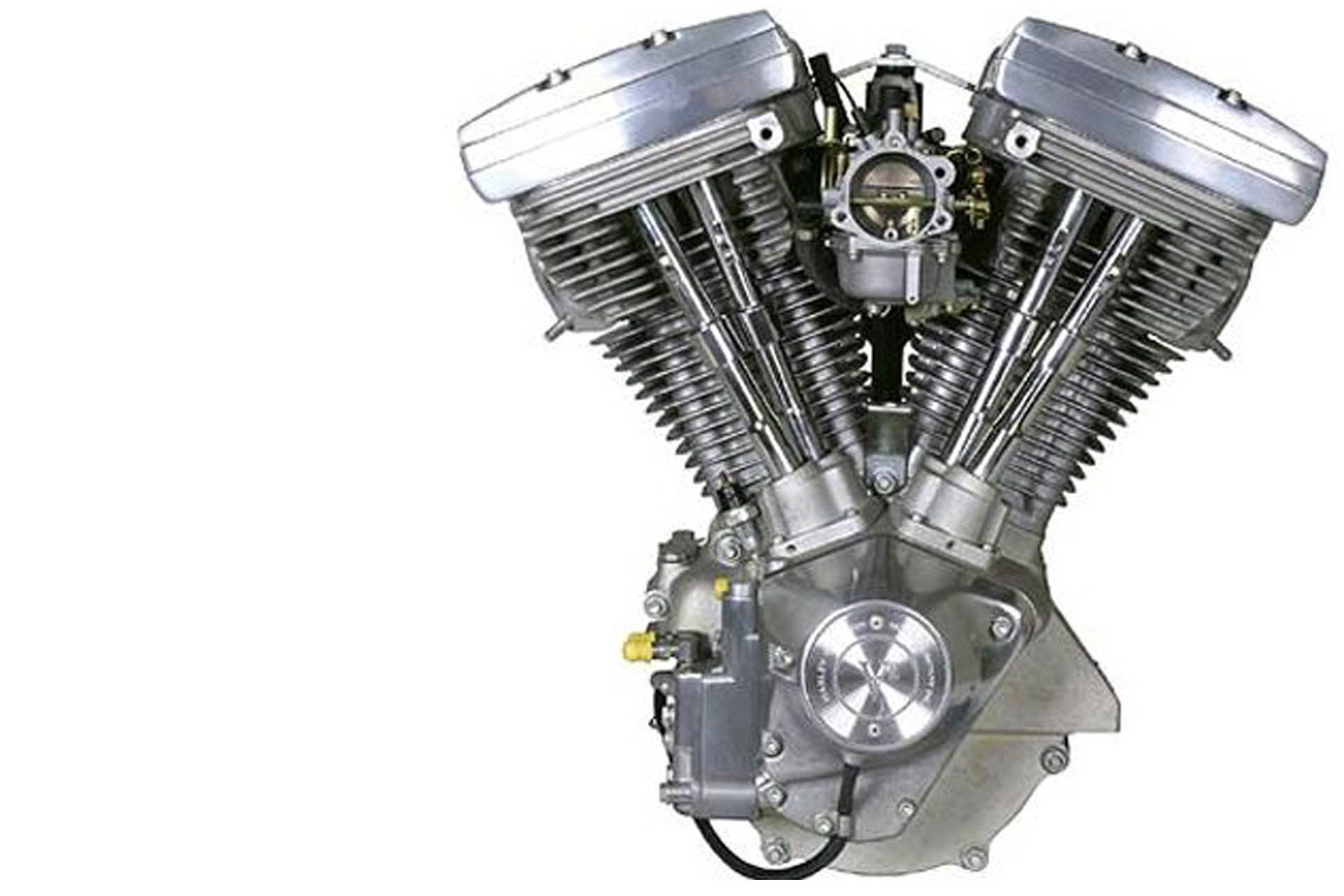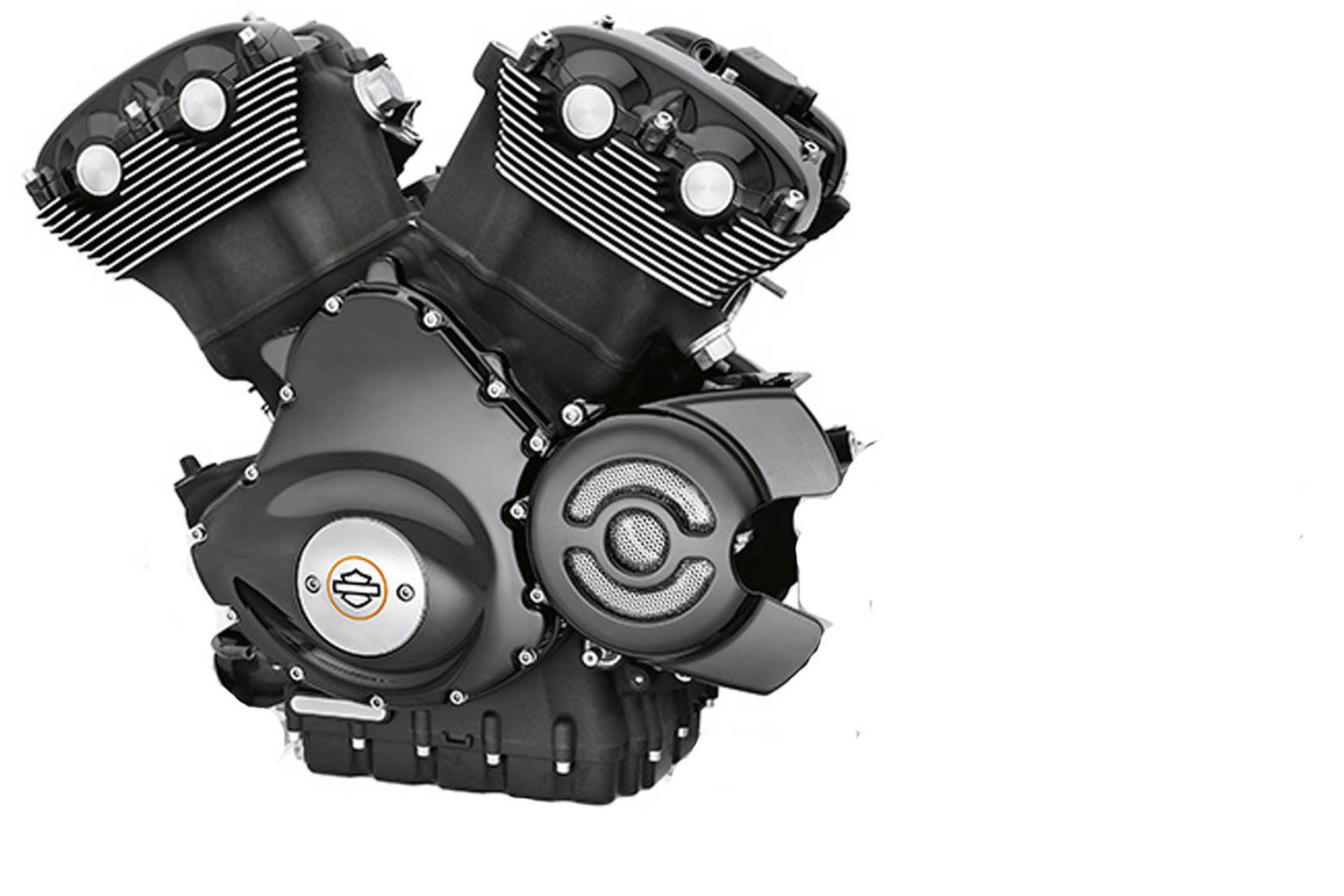Harley Davidson Engine V Angle

The crankshaft has a single pin and both pistons are connected to this pin through their connecting rods.
Harley davidson engine v angle. A new engine was developed in which the camber angle of the cylinders began to be 60 degrees and in classic Harley Davidson engines the camber angle is always 45 degrees. Almost all V8s have a 90 degree angle between the cylinders which almost completely eliminates vibration with the proper counterweights. Harley-Davidson Has Quietly Killed the V-Rod.
Harley-Davidsons Revolution Max 1250 engine was assembled at the companys Pilgrim Road Powertrain Operations facility in Wisconsin. Until 2001 Harley-Davidson had been devotedly married to the two-cylinder V-twin design with a 45-degree angle between the cylinders. With 131 cubic-inch 2147cc its a combination that produces 131 ft-lb of torque and 121 horsepower.
Engineers have worked to lower the center of gravity. Yet the history of Harley-Davidson engines has followed almost as many twists and turns as the iconic American company itself. A 90 degree engine is the perfect angle for balance.
Those were some lean years at the Motor Company with the economy crashing around it and the V4 seemed to disappear as did talk of the project. To create this type of engine the crankshaft has two separate pins for the connecting rods from the pistons. So we tried to locate some great harley davidson v twin engine.
This one was supposedly around 1600cc with a 72 degree V angle and output around 170 horsepower. The difference in the Harley engine is that the crankshaft has only one pin and both pistons connect to it. Harley Davidson Nitrous Oxide System Motorcycle Nos inside Harley Davidson V Twin Engine Diagram image size 437 X 843 px and to view image details please click the image.
The engines are air-cooled. The crankshaft has a single pin and both pistons are connected to this pin through their connecting rods. A 90 degree will fire every 270450 degrees.
